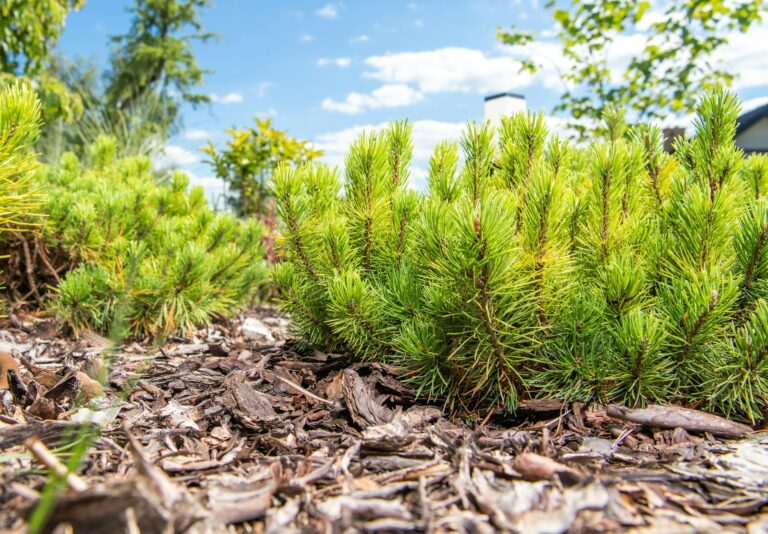A Comprehensive Guide to Growing and Caring for Agretti

Have you ever taken a bite of something so delicious that you immediately knew you needed more? That’s how I felt when I first tasted agretti at an Italian restaurant. The unique flavor and texture of this vegetable had me hooked, and I soon found myself on a quest to grow it in my own garden.
If you’re like me and you’ve been bitten by the agretti bug, you’re in for a treat. Growing this plant is easier than you might think, but there are a few key things you need to know to ensure your success. In this guide, we’ll cover everything you need to know about growing and caring for agretti, from cultivation and propagation to harvesting and preserving. Let’s dive in!
What Is Agretti?
Agretti, also known as Salsola soda, is a unique plant with a variety of names, including monk’s beard, barilla plant, and glasswort. Originally from Asia, Europe, and Africa, agretti is now found in coastal regions across the globe. This vegetable has become a staple in Italian and Spanish cuisine, as well as Japanese dishes.
One of the key characteristics of agretti is its ability to thrive in salty environments, earning it the title of saltwort. While it may share this name with other plants, agretti stands out for its fleshy, rosemary-like leaves and small yellow flowers that appear in the summer.
Cultivation and History
Agretti has a rich history, particularly in Spain and Italy, where it was once cultivated for its use in making soda ash. This alkali substance was essential for producing glass and soap, making agretti a valuable crop in these regions. Today, agretti is still grown in Spain and Italy, but its cultivation has yet to spread to other parts of the world.
For those looking to grow agretti, propagation can be done from seed or through divisions. While finding seedlings may be a challenge in some areas, starting seeds indoors or dividing existing plants are viable options for propagation.
Propagation
Starting agretti from seed can be a bit tricky, as the seeds require cool weather to germinate. If you live in a region with short or hot springs, starting seeds indoors may be necessary. Germination rates are relatively low, so sowing extra seeds is recommended to ensure a good crop.
Dividing existing plants is another method of propagation that can be done after a few years of growth. This allows you to expand your agretti patch and share plants with friends.
How to Grow
Agretti is a versatile plant that can thrive in various conditions. While it naturally grows in brackish water along coastlines, it can also be cultivated in regular garden soil. This vegetable prefers full sun and moist, well-draining soil. Avoid overwatering and keep the foliage dry to prevent diseases.
Agretti does not require fertilization and grows well alongside moisture-loving plants such as asparagus, celery, and peppers. Avoid planting it near herbs and vegetables that prefer dry conditions.
Harvesting and Preserving
Harvesting agretti is a simple process of snipping off the leaves as they grow. The plant will continue to produce new growth as long as the weather remains favorable. Leaves can be frozen, pickled, or stored in the refrigerator for later use.
When it comes to cooking, agretti has a unique flavor that pairs well with simple seasonings like olive oil, lemon, and salt. The leaves can be eaten raw or lightly cooked to preserve their crisp texture.
Recipes and Cooking Ideas
Agretti can be used in a variety of dishes, from salads to stir-fries. Its mild, slightly bitter flavor and oceanic saltiness make it a versatile ingredient that pairs well with a wide range of flavors. Try sautéing agretti with olive oil and lemon, or frying it for a crispy, salty snack.
Quick Reference Growing Guide
Here’s a quick overview of the key points to remember when growing agretti:
- Plant Type: Herbaceous vegetable
- Native to: Africa, Asia, Europe
- Hardiness (USDA Zones): 8-11
- Exposure: Full sun
- Water Needs: Moderate
- Height: 24 inches
- Spread: 18 inches
- Common Pests and Disease: Cabbage loopers, slugs and snails; root rot
- Companion Planting: Asparagus, cabbage and other brassicas, celery, peppers, watercress
- Avoid Planting With: Lavender, rosemary, sage
By following these guidelines, you can successfully grow and enjoy the unique flavors of agretti in your own garden.
Agretti Is Worth its Weight in Gold
Agretti is a true gem in the world of vegetables, with its delicious flavor and versatile uses. While it may require some care and attention to grow from seed, the rewards of having a fresh supply of this unique plant are well worth the effort.
I hope this guide has inspired you to give agretti a try in your garden. Share your favorite ways to use agretti in the comments below and let’s keep the conversation going. Happy growing!





